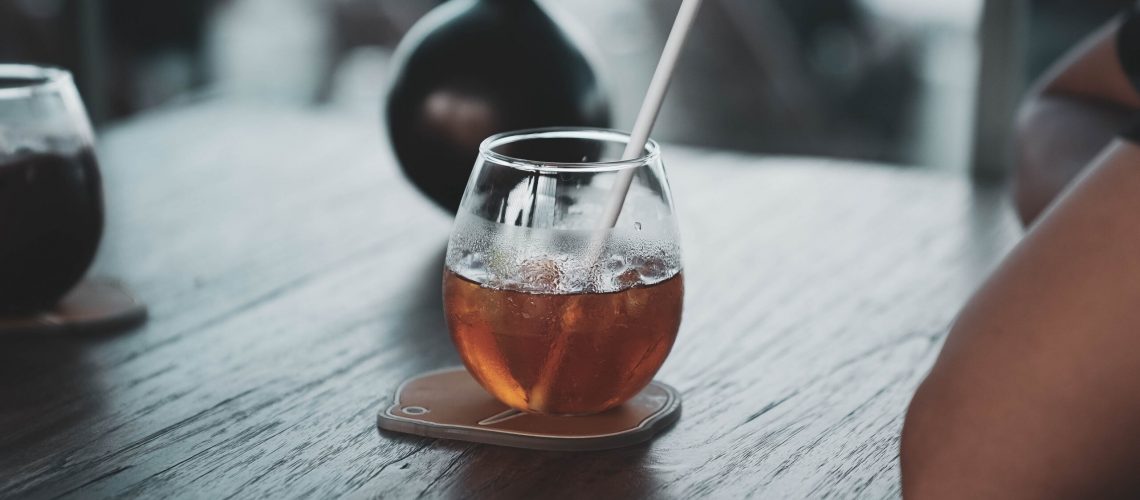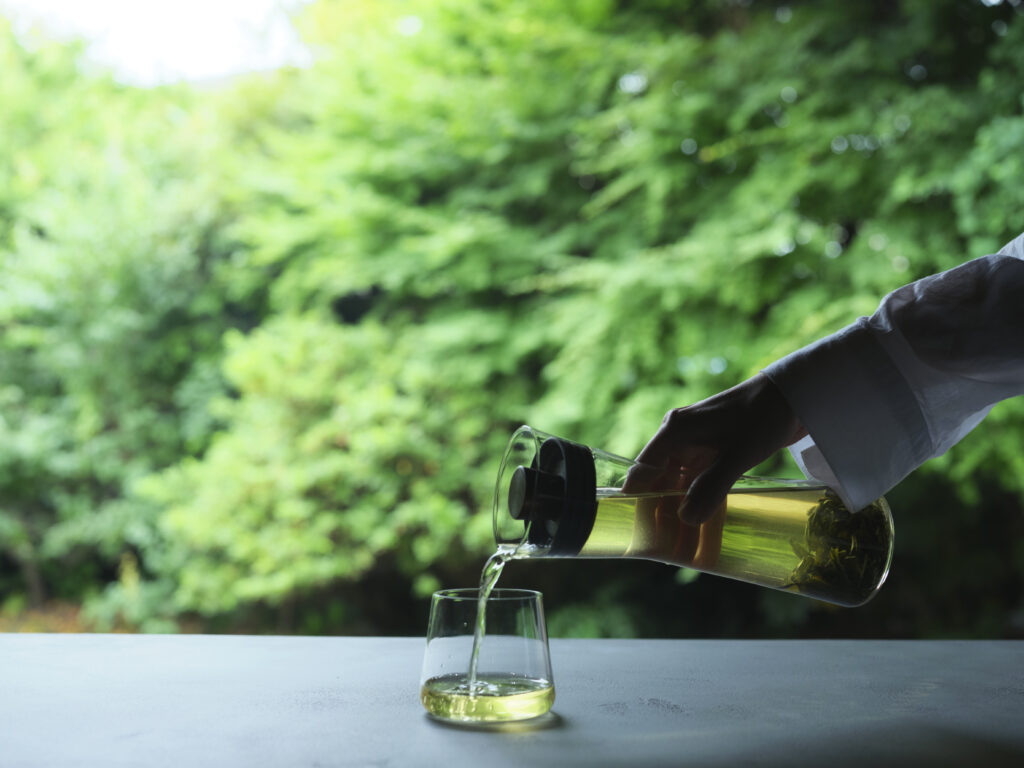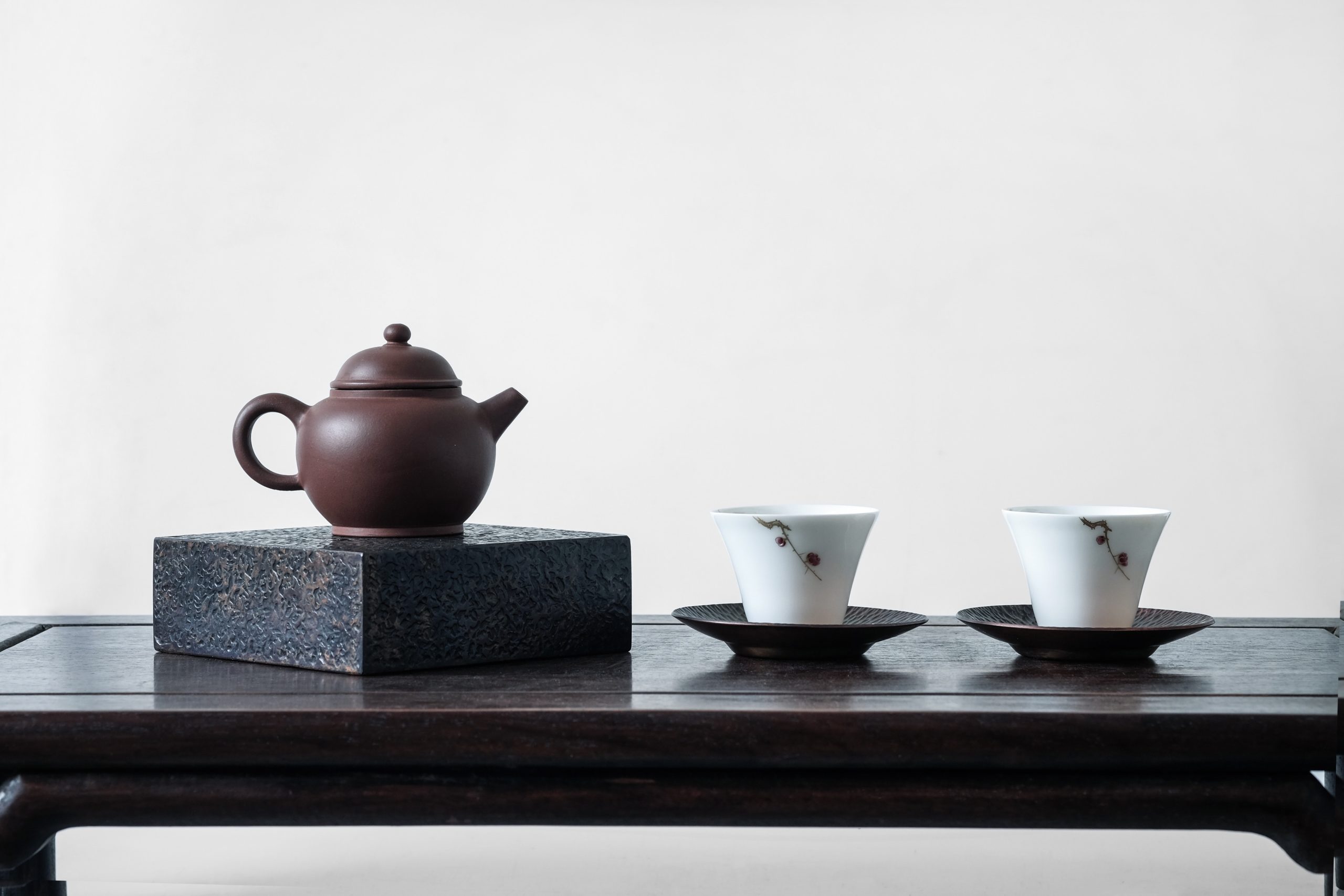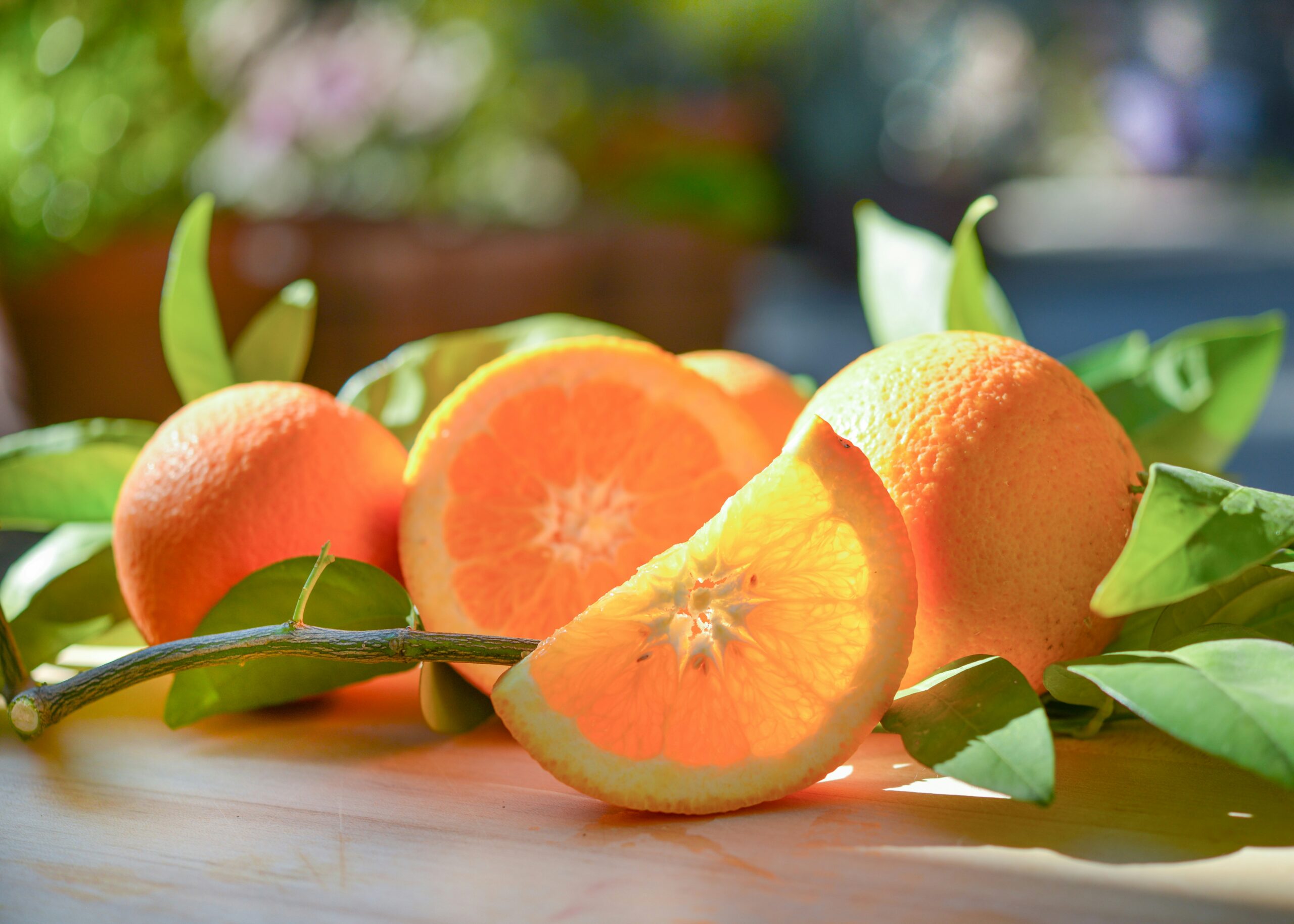How to Prevent Creaming Down in Iced Tea? Rapid Cooling? Introducing 3 Measures to Prevent Creaming Down.

On hot days, iced tea is a delicious and refreshing choice. Recently, pairing tea with meals, known as “tea pairing,” has become popular, offering an alternative to alcohol.
In tea pairing, the tea is often served chilled or at room temperature. Warm tea can warm up the body, reducing the hunger sensation, which is a kind of “spice” that enhances the enjoyment of food. Serving tea at a slightly cooler temperature allows diners to better appreciate their meals with a balanced sense of hunger. Additionally, the contrast between the temperature of the food and the tea helps to highlight the unique qualities of both the drink and the meal. For these reasons, chilled or room-temperature tea is frequently used in tea pairing.
Iced tea, which is gaining attention in various settings, has a slight drawback known as “cream down” or “milk down,” where the tea becomes cloudy. This phenomenon often occurs when tea brewed at a high temperature is cooled to make iced tea.
In this article, I’d like to introduce the causes of cream down and how to prevent it. First, let’s deepen our understanding of the main causes of cream down.

Causes of Cream Down
Cream down occurs when tea cools and the components of the tea, namely tannins and caffeine, bond together and precipitate out of the liquid.
- Tannins are found not only in tea but also in red wine, and they contribute to the astringency of the beverage. A moderate level of astringency enhances the sharpness and impact of the drink, making it an essential element in many beverages.
- Caffeine, which you might associate with coffee, contributes to the bitterness of the drink. A moderate bitterness adds depth and weight to the flavor, making it another crucial component in beverages. If you’ve ever felt that caffeine-free or decaffeinated coffee or tea tasted a bit lacking, it’s because removing caffeine lightens the flavor.
The cause of cream down is attributed to tannins and caffeine, which are important components in beverages, especially in tea.
When investigating the causes of cream down, it becomes clear that fundamentally solving this issue could potentially compromise the flavor, which presents a rather troublesome problem. So, is there a way to address cream down without sacrificing the taste?
Conflicting Information About Cream Down Solutions
When gathering information about cream down, you might encounter conflicting advice. For instance, some sources suggest that “rapid cooling causes cream down, so it’s better to lower the temperature slowly,” while others recommend that “slow cooling leads to cream down, so rapid cooling is preferable.”
It’s likely that no one is deliberately spreading misinformation, as the goal is to share good information about enjoying tea. So why is there such a flood of contradictory information?
The reason for the conflicting information could be related to the “concentration” of tannins and caffeine.
As explained, cream down is primarily caused by the interaction of tannins and caffeine. What’s crucial here is the “concentration” of these components in the tea. In other words, the amount of tannins and caffeine per milliliter of tea is a key factor influencing cream down.
When making iced tea, there are generally two methods:
- Brew tea to your taste and then cool it slowly.
- Brew a stronger tea and then rapidly cool it by diluting it with ice.
Method 2 results in a different concentration of tannins and caffeine compared to Method 1. Even if the perceived strength of the tea might seem similar, the actual concentrations of tannins and caffeine could differ.
The discrepancy in concentration between these two methods might explain why there are varying opinions on the best approach. Measuring the concentrations of caffeine and tannins is a task typically done in a lab, so thorough preparation would be needed to determine which method is more effective.
Which Method is Better for Preventing Cream Down?
Understanding that measuring caffeine and tannin concentrations is challenging and information can be conflicting, we sought a definitive answer. We referred to the following paper:
Reference: Mitsuko Kosuge, “Cream Down Observed During Cooling of Tea Infusion,” Wayo Women’s University, March 1998.
In this study, the effects of rapid cooling versus slow cooling on cream down were compared, keeping other quantitative values constant and examining turbidity (degree of cream down).
The paper found that turbidity was slightly lower with slow cooling compared to rapid cooling.
Thus, it appears that slowly cooling the brewed tea may somewhat reduce cream down.
However, the study suggests that the difference between rapid and slow cooling is not dramatic, and slow cooling may not be a definitive solution.
So what should I do?
It will be like that, won’t it? I want the answer and solution quickly
Unfortunately, based on the causes and results of the studies introduced so far, it seems that there is no direct way to resolve the issue without changing the flavor of the black tea. However, now that we understand the nature of cream down, we have figured out ways to approach the ideal solution. Here are three methods to get closer to the ideal. None of these methods are a cure-all, so each has its own drawbacks, which will also be discussed!
Cream Down Countermeasure ①
Approach: Choose tea with lower tannin and caffeine content.
Method: Since cream down is influenced by the concentration of tannins and caffeine, selecting teas with lower levels of these components can help reduce cream down. Research mentioned in previous discussions found that teas like Keemun and Earl Grey have lower cream down turbidity compared to teas like Uva and Assam. For simplicity, remember that “strong-tasting and dark red teas are more likely to cause cream down,” while “milder-tasting and slightly orange-colored teas are less likely to cause it.”
Drawback: The main disadvantage of this approach is that it depends on the type of tea. If your regular tea is prone to cream down, you might need to buy tea specifically intended for iced tea.
Cream Down Countermeasure ②
Approach: Prevent the binding of tannin and caffeine by adding sugar.
Method: Add sugar or granulated sugar to the tea. For some reason (which I’ll look into further), this inhibits the binding of tannin and caffeine, thereby preventing the occurrence of cream down.
Disadvantage: Since sugar or granulated sugar is added, this method isn’t suitable for those who prefer drinking straight tea.
Cream Down Countermeasure ③
A bit of self-promotion, but we at Teplo also offer a carafe designed to help you enjoy the best cold brew tea possible. If you’re interested, feel free to check it out!

Summary
In this article, we explored the phenomenon of cream down, considered the conflicting information surrounding it, and reviewed strategies for addressing it based on academic research.
Tea is a fascinating beverage where tradition and science intersect. It’s intriguing how the same phenomenon can be explained from various perspectives. Moving forward, we aim to continue unraveling the mysteries of tea with Teplo’s unique approach.
teploのメールマガジンに登録
お茶に関する旬な情報や豆知識を漏れなく受け取りたい!そんな方は以下の登録フォームでメールアドレスをご登録ください。
teploから最新の情報をメールマガジンでお送りいたします。
(※1) プライバシーポリシーを必ずお読みいただき、ご同意の上、登録してください。
(※2) info@load-road.comおよびhello.japan@load-road.comからのメールが受信できるようにご設定ください。





